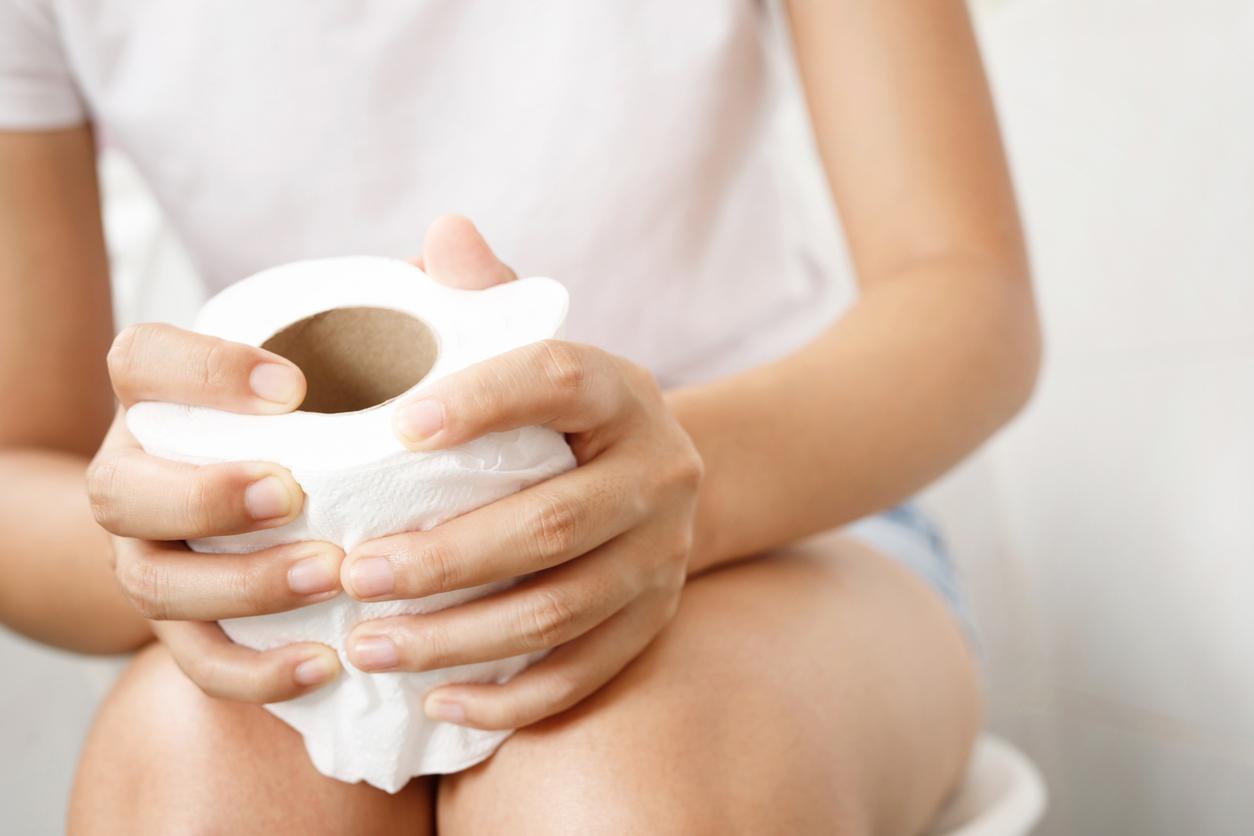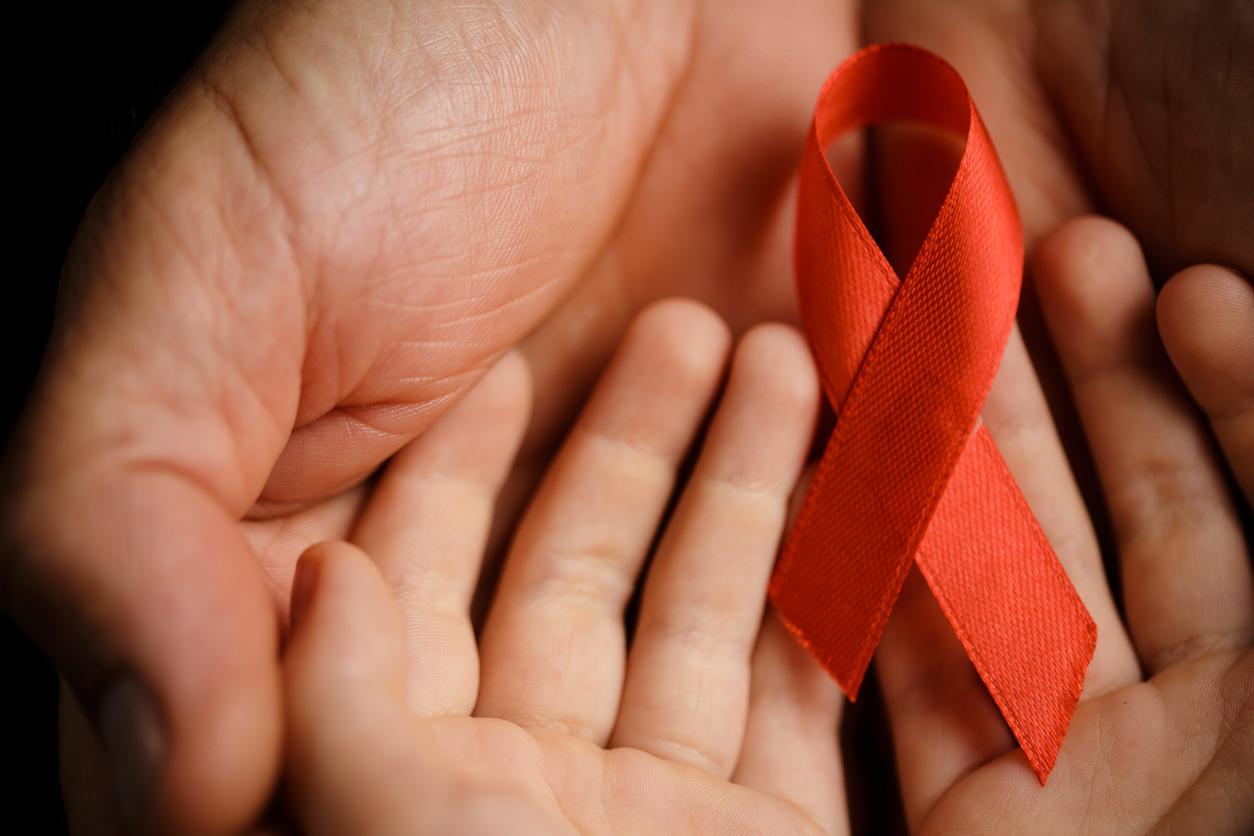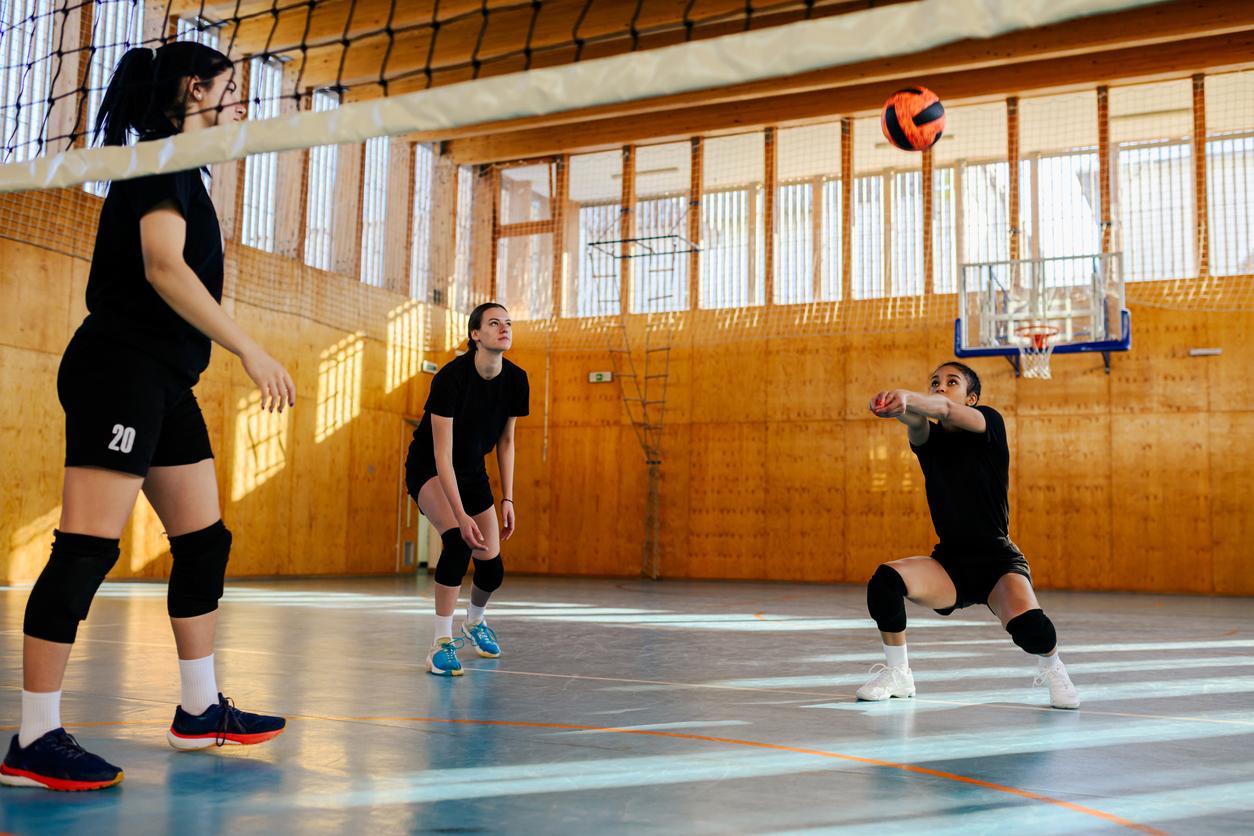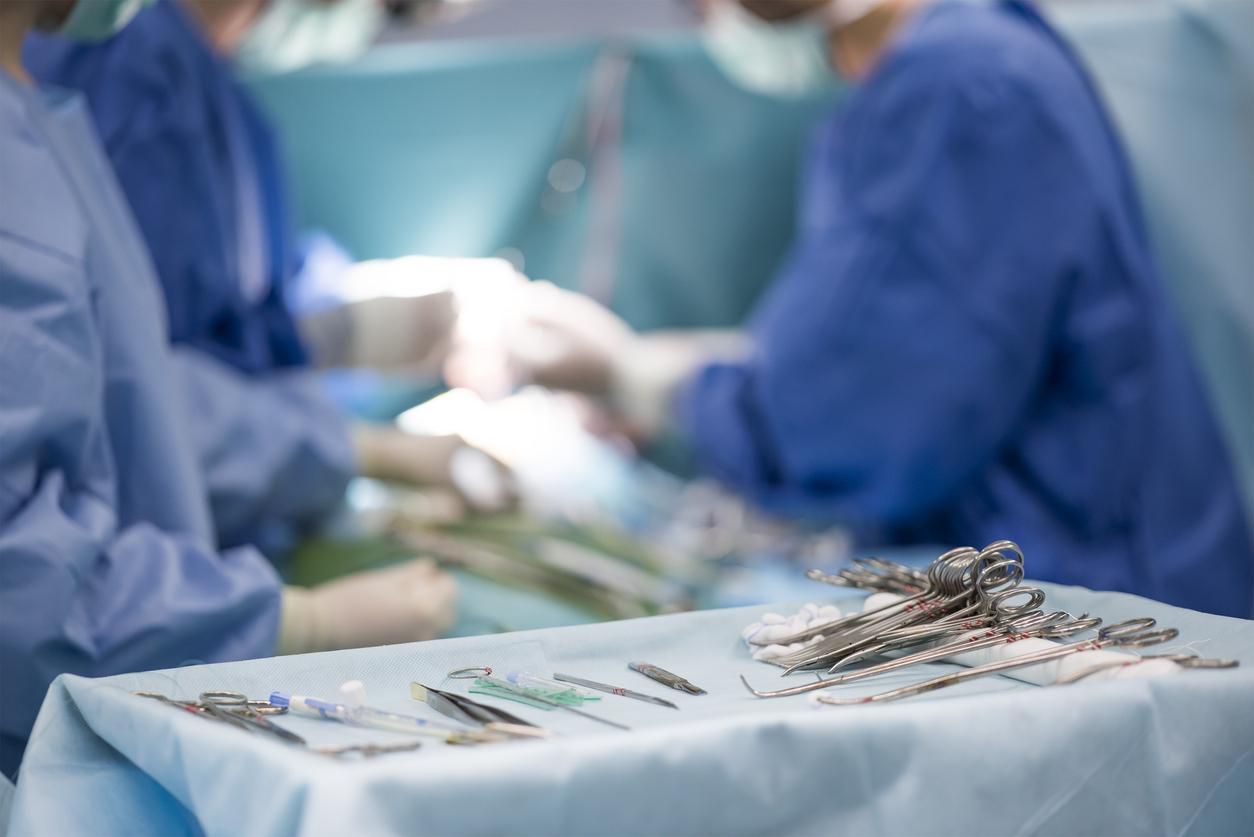For researcher Katherine Klamer, there are not enough Barbie doctors, surgeons and scientists, which perpetuates professional stereotypes.
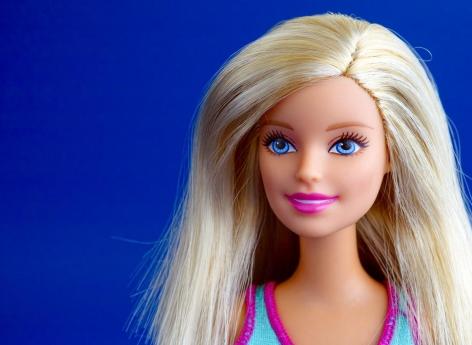
Barbie’s CV includes more than 200 professions… but ultimately quite few, even too few, scientific jobs, according to a study by researcher Katherine Klamer, published in the Christmas issue of BMJ. This lack of representation is damaging, according to her, since the dolls contribute to “inspire the healthcare professionals and scientists of tomorrow”.
Barbie doctor has no specialization
For her work, the researcher brought together between July and November 2023 the dolls occupying positions in the medical and scientific world offered to children. She scrutinized their characteristics. Of the 92 Barbies found, she counted 53 doctors, 10 scientists, 2 science teachers, 15 nurses, 11 dentists and a paramedic.
First observation: these toys largely dealt with children (66%)only three were intended to treat adult patients. Furthermore, with the exception of three ophthalmologist dolls, all Barbies doctors seemed to have no specialty.
And the lack of representation did not stop at the professional world. 59% of them were white and none had a visible disability. For comparison, among the 65 dolls professional from another brand, only 32% were white and one doll had a prosthetic arm.
In professions where safety is a crucial point, the study noticed another flaw: clothing and accessories. If Mattel’s toys often had laboratory coats, microscopes, stethoscopes and even glasses. None fully met the professional safety standards of their respective fields. For example, only 4% had masks. Furthermore, more than two thirds of the dolls had their hair down and more than half wore high-heeled shoes, even in contexts where these clothing choices are discouraged, or even prohibited, for safety reasons in reality.
The researcher Katherine Klame writes in his article: “Medicine and science-themed dolls help inspire the healthcare professionals and scientists of tomorrow. All toy companies should ensure that future medical and science dolls meet clinical and laboratory safety standards and diversify the types of medical and science professions represented (especially in male-dominated fields)“.
“Barbie could inoculate girls against sexist advice about career“
In a editorial linked to this articlethe surgeons Dr Cornelia GriggsDr Sophia McKinleyDr Erika Rangel and Dr. Sareh Parangi, share the researcher’s conclusions. They emphasize the importance of diverse representation in the medical and scientific professions.
“Even though the evolution of Barbie’s career options has expanded over the past few decades, there is clearly room for improvement”they note, recalling that gender stereotypes are still numerous in the scientific world. “Female medical students are still disproportionately discouraged from pursuing surgical careers, even at prestigious institutions”they assure. “Perhaps a childhood spent playing with Neurosurgeon Barbie or Trauma Surgeon Barbie could inoculate girls against sexist career assumptions and advice. Instead, the current framework of Barbies general practitioners who primarily treat children, only reinforces outdated concepts of medical specialties gender specific“.
Another potential benefit of a surgeon doll, for surgeons, eIt could also help children who are sick or need to undergo an operation to understand the medical world and the care they face.
“For the sake of young girls as much as her own, Barbie must continue to break glass ceilings”concludes researcher Katherine Klame









